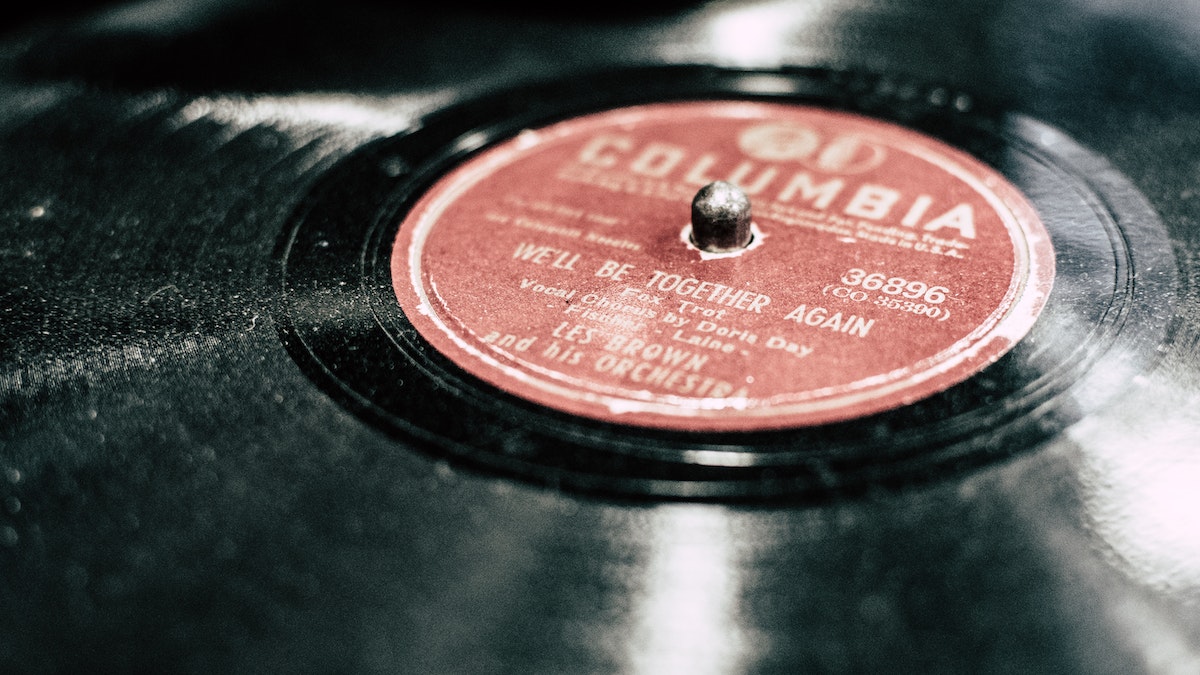
Evolution and Innovation in Audio Systems
The world of audio systems has witnessed a remarkable evolution over the past century, transforming the way we experience music, movies, and various forms of entertainment.
Evolution and Innovation in Audio Systems: A Journey Through Sound Reproduction Technologies
From the early days of phonographs and gramophones to the cutting-edge digital audio technologies of today, the pursuit of high-quality sound reproduction has driven innovation in various fields, including electronics, acoustics, and software development.
This article explores the journey of audio systems, highlighting key milestones, technological advancements, and the impact of these innovations on our auditory experiences.
Early Days: Phonographs and Gramophones
The roots of audio systems trace back to the late 19th century with the invention of the phonograph by Thomas Edison in 1877. This groundbreaking device marked the beginning of recorded sound, using a mechanical approach to etch sound waves onto cylinders.

The gramophone, introduced by Emile Berliner in the late 19th century, popularized the use of flat discs with lateral grooves, which allowed for mass production and wider distribution of recorded music.
The Age of Analog Audio
The mid-20th century witnessed the proliferation of analog audio technologies, which significantly improved sound quality and convenience. Vacuum tube amplifiers brought warmth and richness to audio playback, and the introduction of vinyl records enabled longer playtime and improved fidelity.
The 1960s saw the rise of stereo sound, enhancing the spatial perception of audio recordings. Cassette tapes and reel-to-reel decks emerged as portable alternatives for music playback and recording.
The Digital Revolution
The late 20th century marked a pivotal moment in audio systems with the advent of digital technology. The compact disc (CD) revolutionized audio playback by storing music as binary data, eliminating analog limitations like noise and degradation.
CDs offered pristine sound quality and durability, while digital audio formats like MP3 allowed for efficient storage and transmission of music over the internet.
High-Fidelity Audio and Home Theater
As audio enthusiasts sought higher levels of fidelity, the concept of high-end audio systems gained prominence. Audiophile-grade components, including speakers, amplifiers, and digital-to-analog converters, aimed to reproduce sound with exceptional accuracy.
Simultaneously, home theater systems evolved, combining audio and visual technologies for immersive entertainment experiences. Surround sound formats like Dolby Digital and DTS brought cinema-like audio to living rooms.
The Age of Wireless and Streaming
The 21st century witnessed a rapid shift toward wireless and streaming audio solutions. Bluetooth technology enabled seamless connectivity between devices, allowing users to play music from their smartphones to wireless speakers.
Streaming services like Spotify, Apple Music, and Tidal transformed how we consume music, offering vast libraries of songs accessible on-demand. Wireless multi-room audio systems allowed synchronized playback in different rooms, enhancing the overall listening experience.
Immersive Audio Technologies
Advancements in audio technology have led to the development of immersive audio formats. Dolby Atmos and DTS:X, for instance, provide three-dimensional sound experiences by incorporating height channels into audio tracks. These formats create a sense of sound movement around the listener, enhancing immersion in movies, games, and virtual reality environments.
Revolutionizing Headphones
Audio innovation isn’t limited to speakers and home systems. Headphones have undergone a transformation as well. From traditional wired designs to wireless Bluetooth earbuds, headphones have become highly sophisticated, integrating noise-cancellation technology, personalized sound profiles, and advanced connectivity features.
Smart Speakers and Voice Assistants
The integration of artificial intelligence and voice recognition has led to the rise of smart speakers and voice-controlled audio systems. Products like Amazon Echo and Google Home offer not only high-quality sound reproduction but also the ability to interact with devices through voice commands.
These systems can play music, answer questions, control smart home devices, and even provide real-time information.
Virtual Reality and Binaural Audio
Virtual reality (VR) has introduced a new dimension to audio systems. Binaural audio techniques create a sense of spatial sound perception, replicating how humans naturally hear sounds from different directions. VR applications leverage binaural audio to enhance the sense of presence and immersion in virtual environments, making experiences more lifelike and engaging.
Future Trends and Challenges
Looking ahead, several trends and challenges shape the future of audio systems. The pursuit of higher resolution audio formats, such as MQA and 24-bit FLAC, continues to gain momentum among audiophiles. Additionally, as streaming becomes the primary mode of music consumption, optimizing audio quality for different network conditions remains crucial.
The emergence of 5G technology promises to enhance audio streaming experiences by providing faster, more reliable connections. However, this also poses challenges in terms of optimizing audio codecs and compression algorithms to ensure high-quality playback without excessive data consumption.
Furthermore, the integration of AI and machine learning into audio systems opens new possibilities for sound enhancement and personalization. AI algorithms can analyze listening habits and acoustic environments to tailor audio experiences to individual preferences, while also offering real-time audio enhancement for noise reduction and audio restoration.
Conclusion
The journey of audio systems is a testament to human ingenuity and our desire to create ever-improving ways to enjoy sound. From the humble beginnings of mechanical phonographs to the cutting-edge technologies of today, audio systems have evolved in unprecedented ways. Innovations in analog and digital technologies, wireless connectivity, immersive sound formats, and AI-driven enhancements have reshaped how we experience music, movies, and entertainment as a whole. As we step into the future, the audio systems landscape continues to hold exciting possibilities for revolutionizing how we perceive and interact with sound.